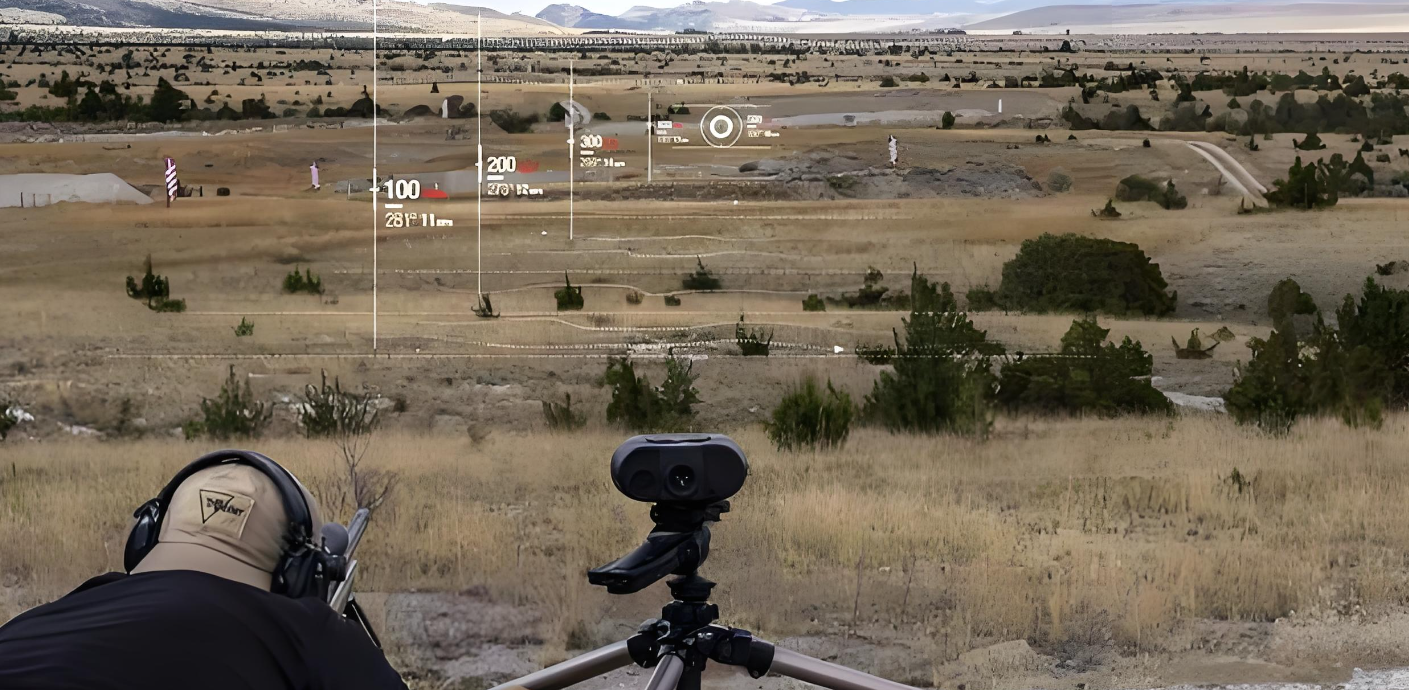1. Choosing a handheld laser rangefinder
When choosing a handheld laser rangefinder, you need to choose according to your needs. Generally speaking, you should choose a suitable rangefinder based on the maximum range and accuracy of the distance measurement, and also consider factors such as evaluation parameters, brand, and after-sales service.
2. Preparation before use
Before use, you need to check the handheld laser rangefinder to make sure that all parts are in good condition. At the same time, you also need to pay attention to the following matters:
1. Keep the laser rangefinder dry and clean to prevent dirt from affecting the measurement accuracy
2. Look clearly at the reflector of the object to be measured, and make sure that the target is accurately placed at the center of the laser aiming circle
3. In different environments, you need to adjust the brightness and radius of the laser rangefinder to ensure the accuracy and stability of the measurement.

3. Correct use of handheld laser rangefinder
1. Aim at the target and press the measurement key to aim the laser at the target, then press the "HOLD" key to record the distance measurement value
2. Take multiple measurements and calculate the average value to improve the accuracy of the measurement results
3. According to the measurement results, determine the size and position of the measured object to ensure the accuracy and reliability of the measurement results
4. Precautions for use
1. Ensure that the instrument is in good condition before use and pay more attention to safety, especially when measuring high and long-distance objects
2. When used with other radio equipment, electromagnetic interference should be avoided as much as possible
3. Do not point the laser directly into your eyes during measurement, and avoid using it in low light or dark environments
In short, the correct use of handheld laser rangefinders can not only improve the accuracy and reliability of measurements, but also protect the instrument and extend its service life.


